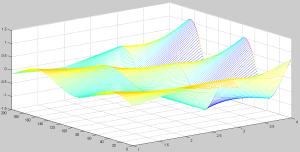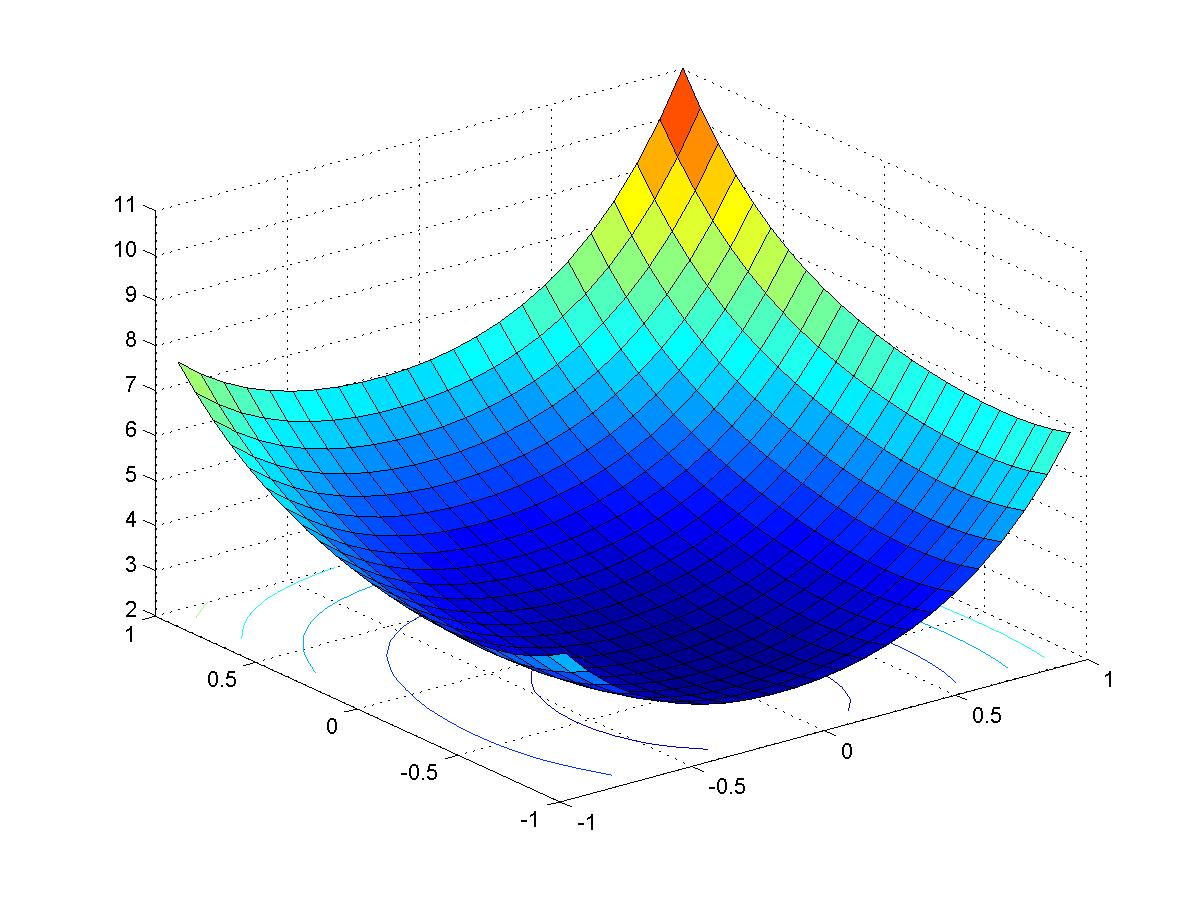Introduction to Quantum Field Theory (QFT)
What is QFT?
At its core, QFT describes the behavior of particles as excitations of underlying fields permeating space and time. It merges the principles of quantum mechanics with those of special relativity, allowing for a unified description of particles and their interactions.
Importance of Mastering QFT
QFT forms the theoretical foundation of much of modern physics, from particle physics to condensed matter theory. Proficiency in QFT is essential for researchers and students aspiring to delve into cutting-edge physics and explore the fundamental nature of reality.
Fundamental Concepts of Quantum Mechanics
Quantum mechanics, the predecessor of QFT, introduces key principles that underpin QFT. Concepts such as superposition, the uncertainty principle, and wave-particle duality lay the groundwork for understanding the probabilistic nature of quantum systems.
Origins and Development of Quantum Field Theory
The roots of QFT trace back to the early 20th century, with significant contributions from luminaries such as Paul Dirac, Richard Feynman, and Julian Schwinger. Their pioneering work laid the groundwork for the development of QFT as we know it today.
Basic Principles of Quantum Field Theory
In QFT, particles are represented as excitations of fields, which obey specific equations of motion derived from the Lagrangian formalism. This framework provides a powerful tool for describing the dynamics of particle interactions.
Quantum Electrodynamics (QED)

QED, the first successful QFT, describes the interaction between charged particles via the exchange of photons. Feynman diagrams, graphical representations of particle interactions, are instrumental in calculating quantum processes in QED.
Quantum Chromodynamics (QCD)
QCD, the theory of the strong nuclear force, describes the interactions between quarks and gluons mediated by the strong force field. It plays a crucial role in understanding the behavior of particles within atomic nuclei.
Electroweak Theory
The electroweak theory unifies the electromagnetic and weak nuclear forces, revealing their common origin. Symmetry breaking mechanisms elucidate how particles acquire mass and lead to the prediction of the Higgs boson.
Quantum Field Theory in Particle Physics
In particle physics, QFT serves as the theoretical framework for the Standard Model, which encompasses the known elementary particles and their interactions. Experimental validations of QFT predictions have led to remarkable discoveries in particle physics.
Renormalization
Renormalization techniques address the issue of infinities that arise in QFT calculations, allowing for meaningful predictions to be made. By introducing appropriate counterterms, divergent quantities are rendered finite, enabling precise calculations.
Quantum Field Theory in Condensed Matter Physics
QFT finds applications beyond particle physics, particularly in condensed matter systems. Concepts such as topological phases and quantum computing rely on the principles of QFT to describe emergent phenomena in materials.
Advanced Topics in QFT
Beyond the Standard Model, advanced topics in QFT explore extensions such as supersymmetry and string theory. These theoretical frameworks offer promising avenues for unifying fundamental interactions and probing physics beyond the reach of current experiments.
Challenges and Open Questions
Despite its successes, QFT faces challenges and unresolved questions. Issues such as the hierarchy problem and the nature of dark matter and energy continue to puzzle physicists, driving ongoing research efforts.

The practical implications of QFT extend to technologies such as quantum computing, where the principles of QFT are leveraged to develop next-generation computing architectures. Additionally, insights from QFT contribute to advancements in materials science and technology.
Mastering Quantum Field Theory: Tips and Resources
For those embarking on the journey to master QFT, a plethora of resources are available, including textbooks, online courses, and research papers. Practice, persistence, and a deep curiosity for the subject are key ingredients for success in unraveling the mysteries of QFT.
Conclusion
Mastering Quantum Field Theory represents a formidable but rewarding endeavor. As our understanding of the universe continues to evolve, QFT remains a cornerstone of theoretical physics, offering profound insights into the nature of reality.
FAQs
Is Quantum Field Theory difficult to understand?
Mastering QFT can be challenging due to its mathematical complexity, but with dedication and perseverance, it becomes accessible to aspiring physicists.
What are some real-world applications of QFT?
QFT finds applications in diverse fields, including particle physics, condensed matter physics, and quantum technologies, driving innovations in technology and scientific research.
Can QFT explain everything in the universe?
While QFT provides a powerful framework for understanding fundamental interactions, it is not a complete theory of everything. Open questions such as the nature of dark matter and energy highlight the limitations of current theoretical frameworks.
How can I start learning Quantum Field Theory?
Beginners can start with introductory textbooks and online courses covering the basics of quantum mechanics and field theory. Building a strong foundation in mathematics is essential for mastering QFT.
What are some common misconceptions about Quantum Field Theory?
One common misconception is that QFT is purely abstract and disconnected from experimental reality. In reality, QFT predictions have been extensively validated through experimental observations, making it an indispensable tool for understanding the physical world.




